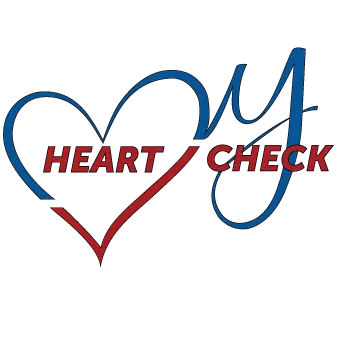Getty image by Yuliya Nazaryan
Back in November of 2011, when I went in to the hospital for a stress test because I was noticing shortness of breath and an irregular heartbeat, I ended up getting a cardiac catheterization. It was determined that I have non-ischemic cardiomyopathy, left bundle branch block and congestive heart failure.
Whenever I tell someone I have those heart “issues,” they are usually surprised. I think they pictured someone in their 80s or 90s, bedridden or in a wheelchair and hooked up to oxygen. That’s what I originally thought too!! Non-ischemic cardiomyopathy according to Healthline is a “disease of the heart not associated with coronary artery disease; it manifests in either mechanical or electrical dysfunction of the heart.”
According to WebMD, “normally, the electrical impulse provided by the bundle branch travels down both the right and left bundle branches at the same speed and the ventricle contract at the same time; if there is a block in one of the branches, it’s called a bundle branch block; a bundle branch block causes one ventricle to contract just after the other ventricle, reducing the overall efficiency of contraction.”
Congestive heart failure, in its simplest terms, “is a chronic condition in which your heart muscle weakens and can’t pump enough blood through your body.”
Sounds complex and a bit overwhelming, doesn’t it? It’s now been six and a half years since I was given those diagnoses and been on a “low-salt” diet. On the rare occasion I eat something with an “abnormal” amount of salt, like New England Clam Chowder or the skin off the Meijer fried chicken, then I will retain the extra salt for a day or two. My ankles, in particular, retain the extra fluid and will swell up. I know it will be hard to walk the next morning. The swelling doesn’t hurt, it’s more like it’s a “tight” feeling.
I currently take four medications daily. I have never been a “pill” person, but I also know I must take them because it helps me maintain a normal lifestyle. Have you ever heard of an “ejection fraction?” WebMD says, “Ejection fraction is the amount of blood – given as a percentage – pumped out of a ventricle during each heartbeat. The ejection fraction evaluates how well the heart is pumping. Normal ejection fractions range from 55 to 65 percent.” Taking my “cocktail” of medications keeps my ejection fraction within the normal range.
The congestive heart failure and the left bundle branch block, I inherited from my mom. The cardiologist isn’t sure how I acquired the non-ischemic cardiomyopathy, he told me once there are over 100 different ways it could have been caused.
Having three heart conditions doesn’t necessarily mean I will end up bedridden with an oxygen tube in my nose. For me, at this time in my life, I’m still able to do pretty much everything I was able to do before I was diagnosed. As long as I continue to take my medications, go to my appointments with my cardiologist and get regular echocardiograms, I plan on being here for a long time!

